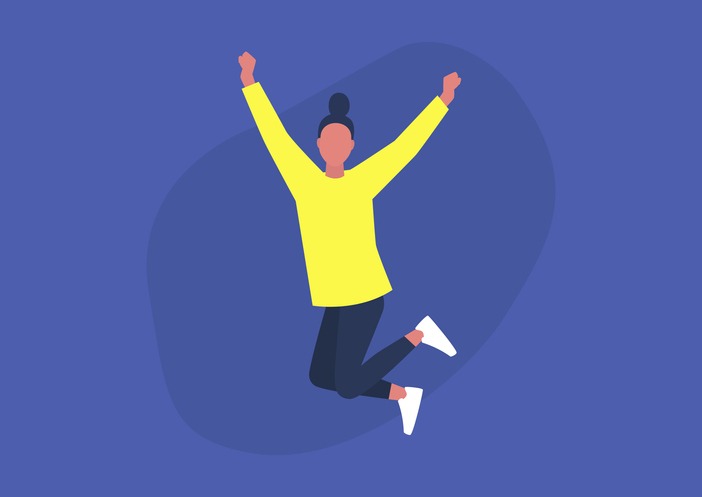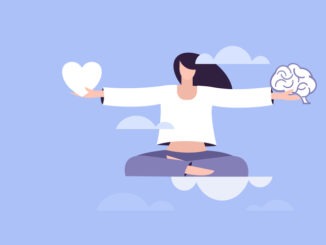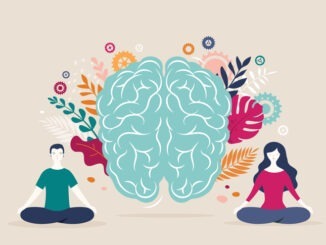
The biggest gift we can each give ourselves is the gift of being present — but what does this mean and how can we achieve it?
CREDIT: This is an edited version of an article that originally appeared on Head Space
The ability to be present, no matter what’s going on around us, is the cornerstone of meditation and mindfulness. But it’s not just a beneficial skill for monks. We hear a lot of people say it: ‘I want to be more present’. So how does that look in reality?
What does it mean to be more present?
On the most basic level, being present means being focused on one thing — a conversation, a project, a task in hand — without distraction, without wanting to be somewhere else, without being in your head and lost in thought.
Of course, learning to anchor yourself to the present moment is easier said than done, especially when most people have a tendency to dwell on yesterday or worry about tomorrow.
Meditation can help bridge the gap between emotions from the past and eagerness of the future … and that’s why it teaches us how to be more present in life.
How can I practice to be more present?
Do a body scan
When you do a body scan meditation — mentally scan how your body is feeling from head to toe — you’re bringing awareness to every ache, pain, or sensation you might be feeling.
When you breathe into these senses, you are learning to sit in the present moment and pay attention to every physical and emotional feeling that comes to light.
You’re not changing anything, you are simply noticing everything — which is the first step in becoming present.
Practice mindful eating
Believe it or not, eating can become an incredible tool to help cultivate mindfulness in the present moment.
Many of us are on the go so much that we’re often eating on autopilot between meetings, at red lights, or even in conversation.
When we practice mindful eating, we engage all the senses and take time to savour a meal. You can use the practice of engaging the senses even when not eating, which gives you the opportunity to cultivate presence physically and mentally — similar to the body scan.
Eating is something that we experience every single day, so it’s a simple time to start encouraging this practice.
Pause screen time
With constant notifications stacking up on your devices from the moment you wake up until right before bed, it’s incredibly difficult to stay in the present moment.
But we always have a choice. Allow yourself a few moments each day to willingly close your screen and turn off your volume — to think about the here and now — your priorities, how you’re feeling, your breath.
This allows you to take back control on the trajectory of your day, versus the distractions taking control and piling up lower priority items in front of you.
Build a routine
Routines can help us stay on track and feel empowered. Finding a routine that is built on the precedent that you are a priority can help you feel anchored when it comes to decision-making throughout the day.
When we’re learning how to be more present, finding time for daily meditation can be instrumental. If you have more leeway in the mornings, consider opting for daily morning meditations, if you have a few moments during your commute, consider listening to soothing music in your car.
Once you find a meditation routine that sticks, you have the opportunity to strengthen your mental health — which supports the quest of learning how to be more present in life.
The benefit of learning how to live in the moment goes far beyond productivity and goals, but it allows you to trust yourself, spend quality time with those you love, and find great joy in all of your experiences. If we can do this, then we will experience an increasing sense of confidence, in being at ease with both comfort and discomfort, difficult and joy.



Be the first to comment